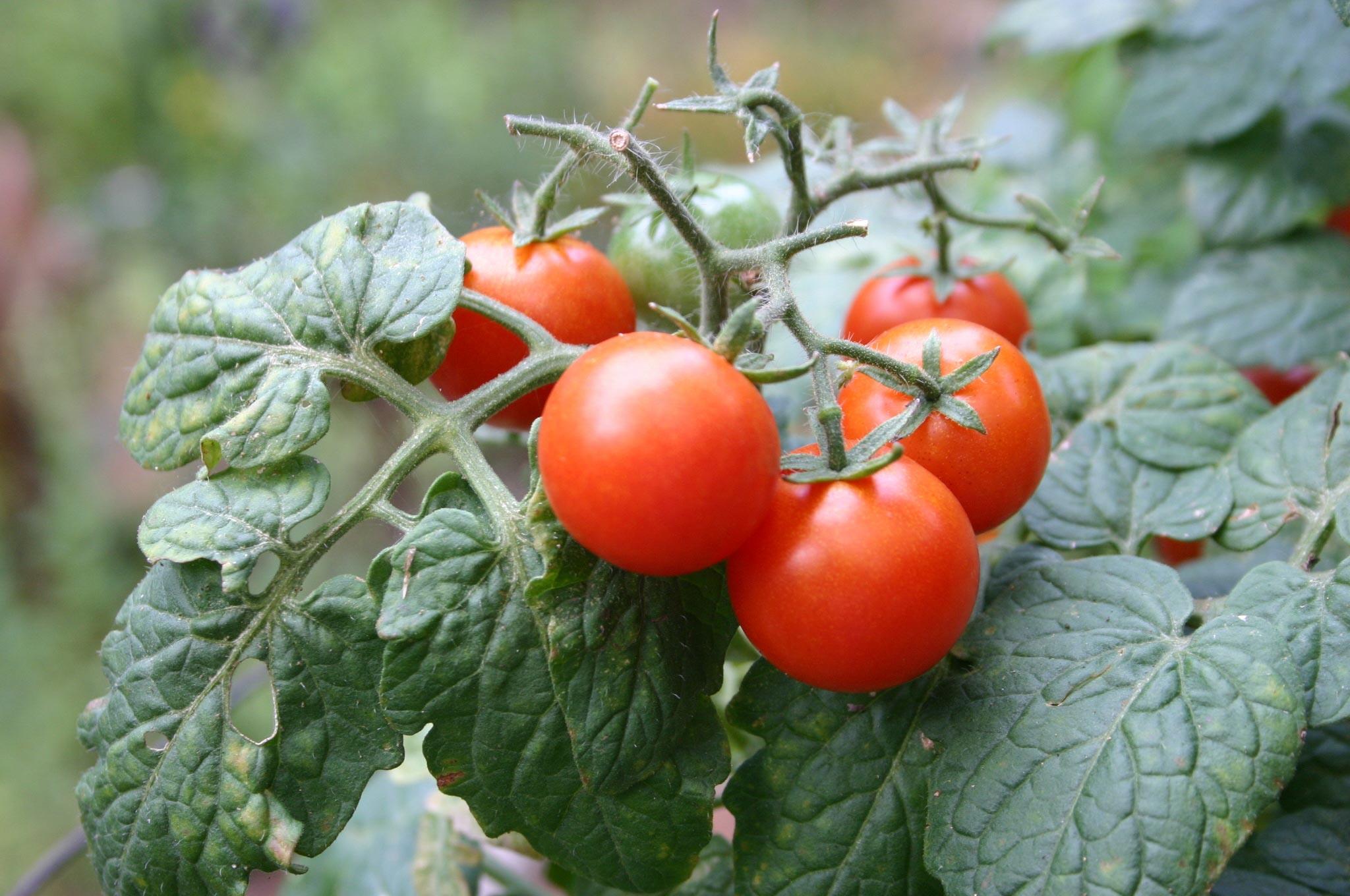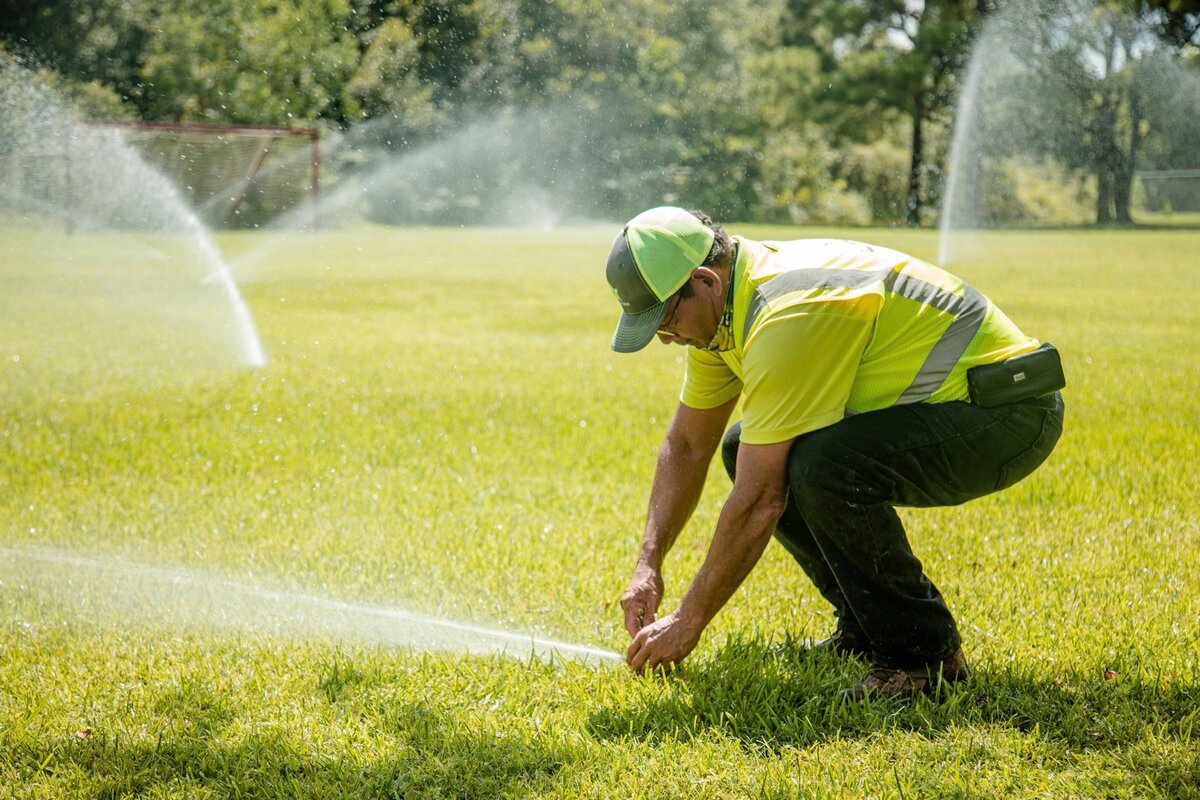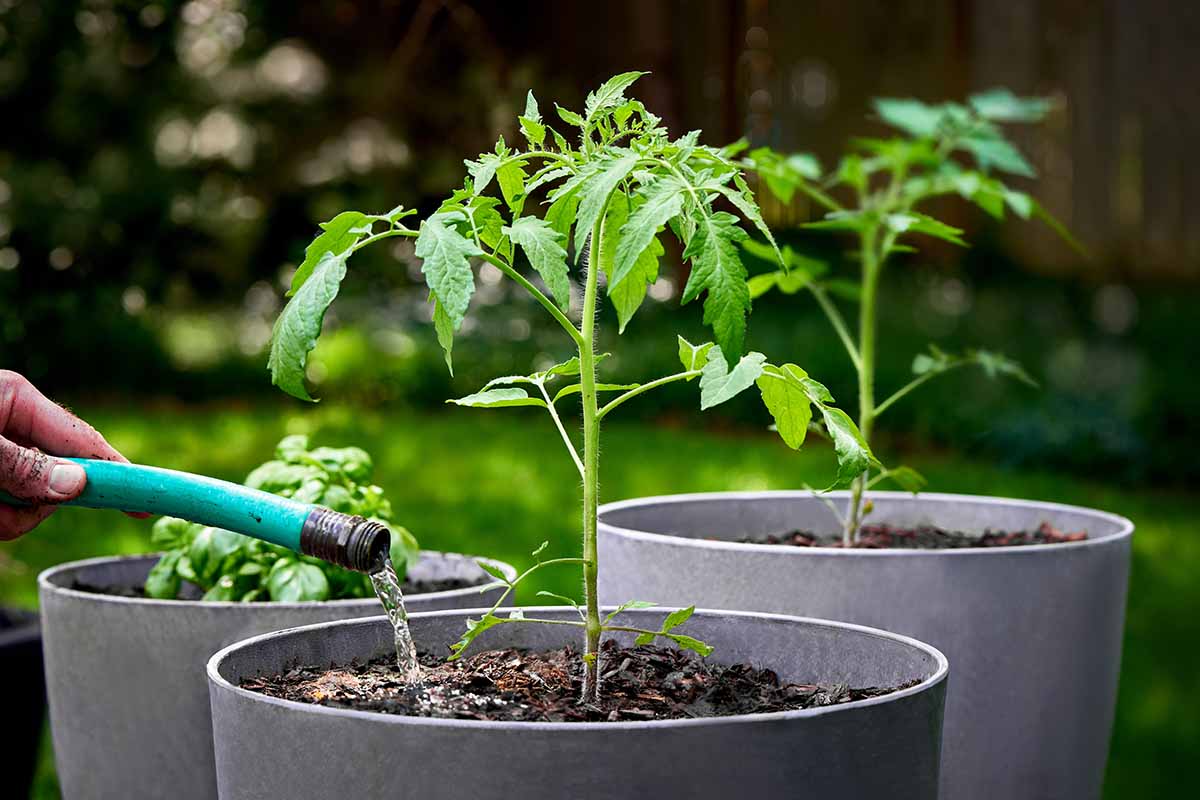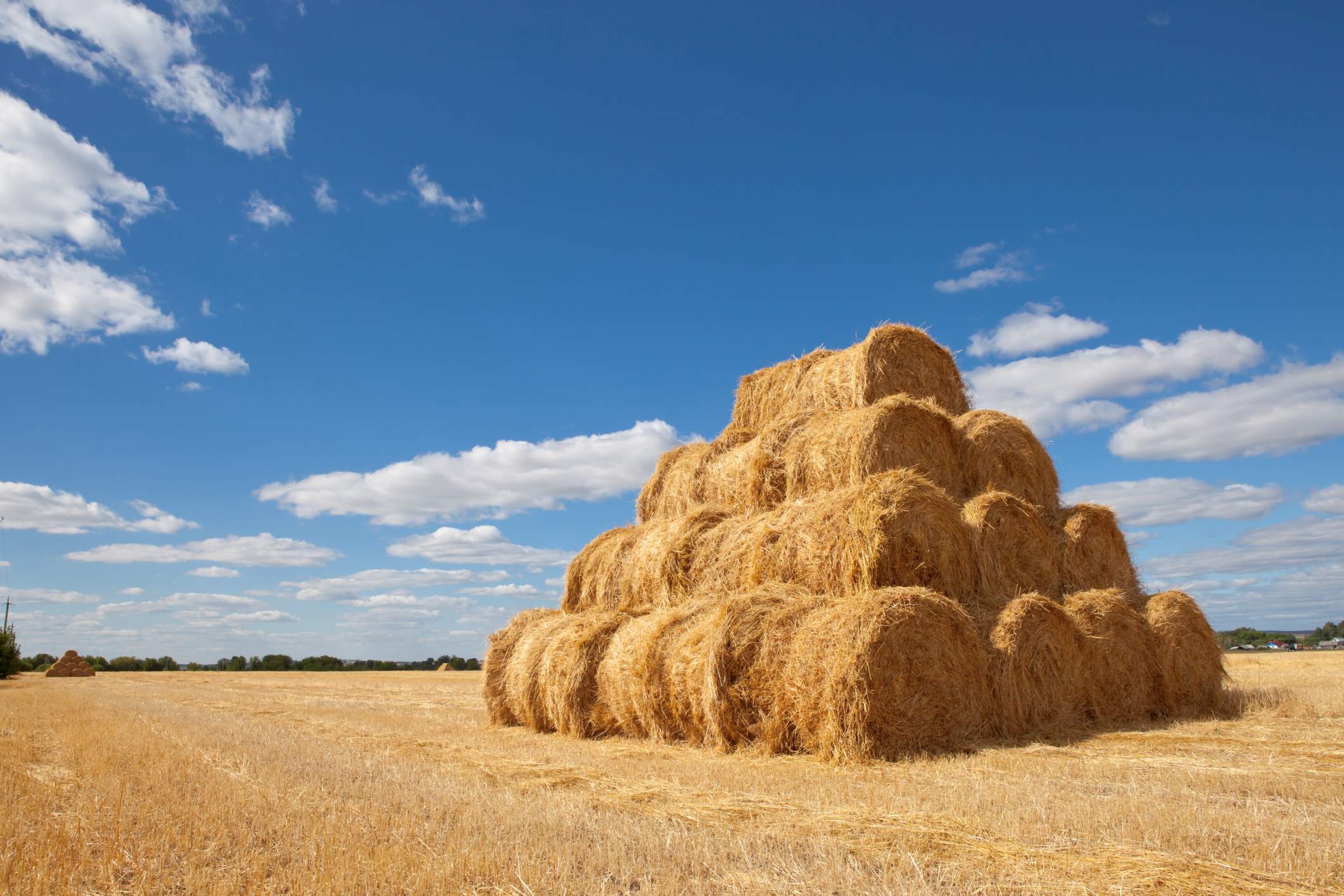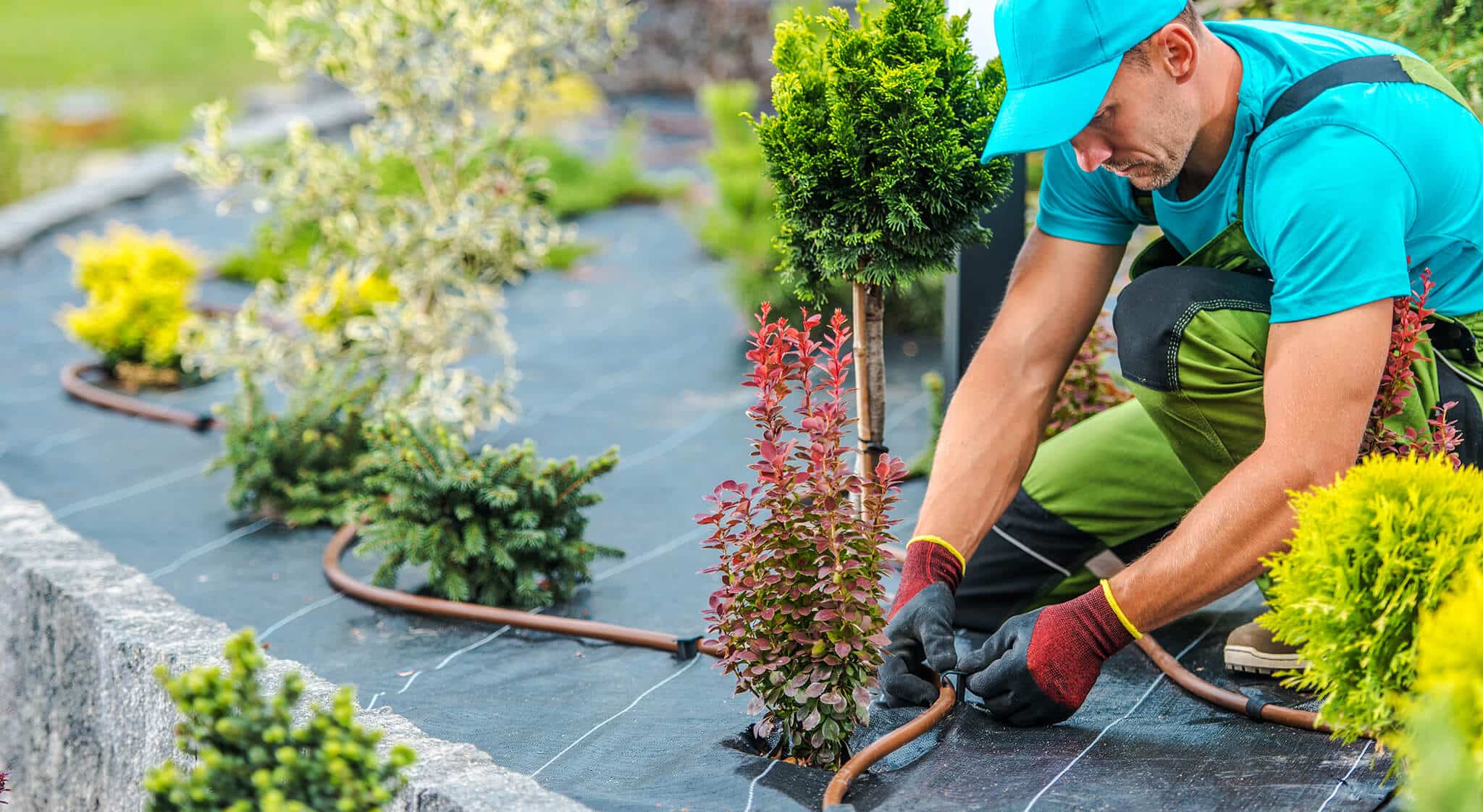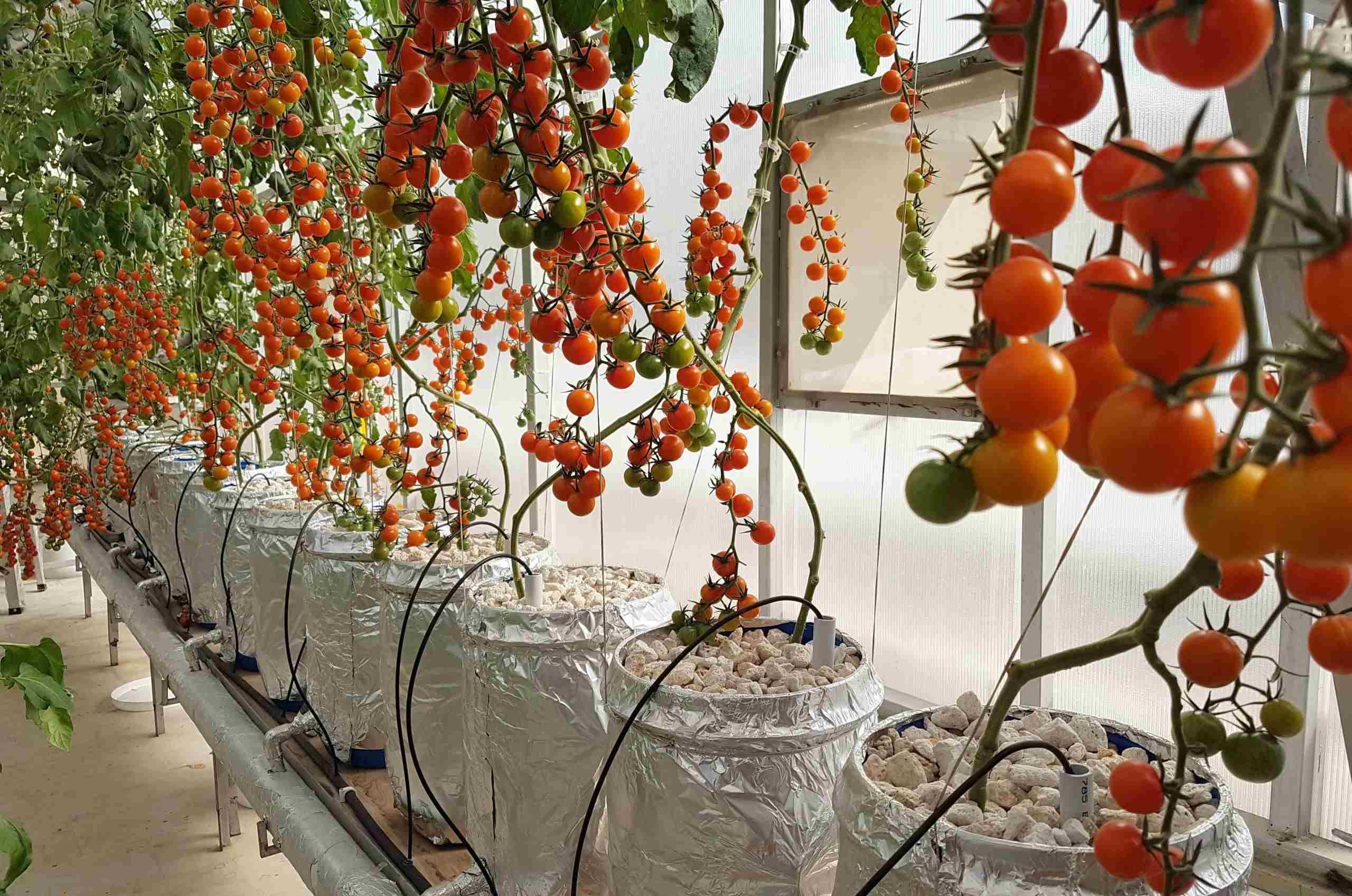Home>Types of Gardening>Edible Gardening>Epsom Salt For Tomatoes: All You Need To Know


Edible Gardening
Epsom Salt For Tomatoes: All You Need To Know
Modified: January 22, 2024
Discover the benefits of using Epsom salt when planting tomatoes in your edible garden. Boost growth and enhance nutrient uptake for healthier, tastier tomatoes.
(Many of the links in this article redirect to a specific reviewed product. Your purchase of these products through affiliate links helps to generate commission for Chicagolandgardening.com, at no extra cost. Learn more)
Table of Contents
Introduction
Welcome to the world of edible gardening! Whether you have a spacious backyard or just a small balcony, growing your own food is not only rewarding but also a great way to ensure a fresh and healthy supply of produce. One of the key aspects of successful edible gardening is providing the right nutrients to your plants. And when it comes to tomato plants, there’s one secret ingredient that can make a significant difference – Epsom salt.
Epsom salt, scientifically known as magnesium sulfate, is a naturally occurring mineral compound. It has long been used in traditional gardening practices due to its numerous benefits. When applied properly, Epsom salt can help tomato plants grow healthier, produce sweeter fruits, and even be more resistant to diseases and pests.
In this article, we will explore the various benefits of using Epsom salt for tomato plants and how to incorporate it into your gardening routine. We’ll also discuss common mistakes to avoid and other interesting uses of Epsom salt in gardening. So, let’s dive in and unlock the secrets of growing amazing tomatoes with the help of Epsom salt!
Benefits of Epsom Salt for Tomato Plants
Epsom salt offers a range of benefits for tomato plants, making it a valuable addition to your gardening routine. Here are some of the key advantages:
- Promotes Nutrient Absorption: Epsom salt is rich in magnesium and sulfur, both of which are essential nutrients for plant growth. Magnesium aids in photosynthesis, helping plants convert sunlight into energy. Sulfur, on the other hand, supports the production of vitamins, enzymes, and proteins. By providing these vital nutrients, Epsom salt helps tomato plants absorb other nutrients more efficiently.
- Enhances Fruit Development: The magnesium in Epsom salt plays a crucial role in the development of tomato fruits. It helps increase the plant’s ability to produce carbohydrates, leading to larger and juicier tomatoes. Additionally, the higher magnesium content can enhance the flavor of the fruits, making them sweeter and tastier.
- Improves Plant Health: Epsom salt can improve the overall health of tomato plants. It aids in chlorophyll production, which is essential for healthy foliage and vibrant green leaves. The increased chlorophyll levels also boost the plant’s ability to photosynthesize effectively, resulting in stronger and more vigorous growth.
- Strengthens Disease Resistance: Tomato plants fortified with Epsom salt are generally more resistant to diseases and pests. The sulfur content in Epsom salt helps activate the plant’s defense mechanisms, making it less susceptible to common tomato diseases such as blossom end rot. Additionally, the enhanced nutrient absorption leads to stronger cell walls, providing an extra layer of protection against pests and pathogens.
With all these benefits, it’s no wonder that Epsom salt has become a popular natural solution for growing healthy and productive tomato plants. But how exactly should you incorporate Epsom salt into your gardening routine? Let’s find out in the next section.
How to Prepare the Soil with Epsom Salt
Before planting your tomato seedlings, it’s important to properly prepare the soil with Epsom salt to maximize its benefits. Follow these steps to ensure your tomato plants have the best growing conditions:
- Test the Soil: Start by testing your soil to determine its magnesium levels. You can do this by purchasing a soil testing kit from a local garden center or sending a soil sample to a laboratory for analysis. This will help you gauge the amount of Epsom salt needed.
- Choose the Right Epsom Salt: Look for high-quality, pure Epsom salt that is free from any additives or scents. It’s important to use the correct type of Epsom salt, which is magnesium sulfate. This ensures that you’re providing your plants with the necessary nutrients without any harmful substances.
- Calculate the Amount: Based on the soil test results, calculate the amount of Epsom salt needed. As a general guideline, a soil that lacks magnesium may benefit from approximately 1-2 tablespoons of Epsom salt per square foot. However, it’s essential to follow the specific recommendations provided by your soil test results or consult a local gardening expert for personalized advice.
- Incorporate Epsom Salt: Once you have the correct amount of Epsom salt, spread it evenly over the soil surface. Use a garden rake or hoe to gently incorporate the Epsom salt into the top few inches of soil. Avoid applying the Epsom salt directly to the base of the tomato plant to prevent potential root burn.
- Water the Soil: After incorporating the Epsom salt, water the soil thoroughly to help dissolve and distribute the mineral. This will ensure that the nutrients are readily available to the tomato plants. Make sure to provide adequate irrigation throughout the growing season to prevent the soil from drying out.
By following these steps, you can provide your tomato plants with a nutrient-rich environment that will support their growth and development. Next, let’s explore the proper application of Epsom salt for tomato plants.
Proper Application of Epsom Salt for Tomato Plants
To ensure the best results, it’s important to apply Epsom salt properly to your tomato plants. Here are some guidelines for the correct application:
- Timing: Apply Epsom salt at the time of planting or transplanting your tomato seedlings. This allows the plant to absorb the nutrients from the start and sets a solid foundation for healthy growth.
- Dilution: Dissolve the recommended amount of Epsom salt in water before application. This allows for even distribution and better absorption by the plant’s roots. A typical dilution ratio is one tablespoon of Epsom salt per gallon of water.
- Frequency: Apply the Epsom salt solution to the soil around the base of the tomato plant every 2-4 weeks throughout the growing season. This regular application ensures a consistent supply of magnesium and sulfur for optimal plant health and fruit production.
- Avoid Foliar Spraying: Although some gardeners may recommend foliar spraying of Epsom salt solution directly onto the leaves, it’s generally better to apply it to the soil. The plant’s roots are more efficient in absorbing nutrients, and foliar spraying may increase the risk of leaf burn or damage.
- Monitor Plant Response: Pay attention to how your tomato plants respond to the application of Epsom salt. Observe if there are any visible improvements in growth, fruit development, or disease resistance. Adjust the frequency or amount of Epsom salt applied if needed, based on the plant’s specific requirements.
By following these guidelines, you can ensure that your tomato plants receive the right amount of nutrients from the Epsom salt, leading to healthier and more productive plants. However, it’s essential to be aware of some common mistakes that gardeners make when using Epsom salt in their gardens. Let’s explore these mistakes in the next section.
Common Mistakes to Avoid when Using Epsom Salt
While Epsom salt can benefit your tomato plants, it’s important to avoid certain mistakes that could hinder its effectiveness. Here are some common pitfalls to avoid:
- Overapplication: Using excessive amounts of Epsom salt can lead to an imbalance of nutrients in the soil. This can cause nutrient toxicity and harm the plants instead of benefiting them. Always follow the recommended dosage based on soil tests or expert advice.
- Applying to Healthy Plants: Epsom salt is best used as a preventive measure or to correct magnesium deficiency in tomato plants. Applying it to already healthy plants that don’t have any nutrient deficiencies may not provide any additional benefits and could potentially disrupt the soil’s nutrient balance.
- Ignoring Soil pH: Epsom salt is most effective in soil with a pH level between 6.0 and 7.0. If your soil pH is outside this range, it’s crucial to adjust it before applying Epsom salt. Incorrect pH levels can affect nutrient availability and hinder the absorption of magnesium and other essential nutrients.
- Using Poor-Quality Epsom Salt: Not all Epsom salt products on the market are of the same quality. Be sure to choose high-quality, pure Epsom salt without any additives or scents. Using inferior-quality salt can introduce harmful substances into your soil and negatively impact your plants.
- Neglecting Other Nutrients: While Epsom salt provides essential magnesium and sulfur, it’s important not to overlook the importance of other nutrients for your tomato plants. Make sure to maintain a balanced fertilizer regimen that includes nitrogen, phosphorus, potassium, and micronutrients to support overall plant health.
By avoiding these common mistakes, you can ensure that your use of Epsom salt is optimized for the health and growth of your tomato plants. Now, let’s explore some other interesting uses of Epsom salt in gardening beyond tomato plants.
Other Uses of Epsom Salt in Gardening
Epsom salt is not just beneficial for tomato plants; it has a wide range of uses in gardening. Here are some other ways you can incorporate Epsom salt into your gardening practices:
- Roses and Flowers: Epsom salt can boost the growth and blooming of roses and other flowering plants. Mix 1 tablespoon of Epsom salt with water and apply it around the base of the plants every 4-6 weeks during the growing season. This promotes strong stems, vibrant blooms, and lush foliage.
- Lawn Care: Epsom salt can be used to improve the health and lushness of your lawn. Dissolve 3 pounds of Epsom salt in 1,000 square feet of water and apply it evenly with a sprayer or watering can. This helps to enhance the color, density, and overall resilience of your lawn.
- Seed Starting: When starting seeds indoors, soak them overnight in a solution of 1 tablespoon of Epsom salt per gallon of water. This helps to promote strong root development and healthy seedlings. You can also use Epsom salt as a transplanting solution to reduce shock and promote faster establishment of young plants.
- Vegetable Garden: Epsom salt can benefit various types of vegetable plants, including peppers, eggplants, and leafy greens. Apply it as a soil amendment before planting or as a foliar spray during the growing season. This aids in nutrient absorption and supports healthy growth and bountiful harvests.
- Houseplants: Indoor plants can also benefit from Epsom salt. Add 1 teaspoon of Epsom salt per gallon of water and use it to water your houseplants every 4-6 weeks. This provides them with the essential magnesium and sulfur they need for vibrant foliage and overall health.
Remember to always follow the recommended dosages and frequency of application for each specific plant type. Every plant has different nutrient requirements, so it’s important to customize your approach accordingly.
By exploring the various uses of Epsom salt in gardening, you can unlock its full potential and enjoy the benefits it offers to a wide range of plants in your garden. So go ahead and embrace the power of Epsom salt in your gardening endeavors!
Conclusion
Incorporating Epsom salt into your edible gardening routine can have a significant impact on the health and productivity of your tomato plants, as well as various other plants in your garden. The benefits of Epsom salt, such as promoting nutrient absorption, enhancing fruit development, improving plant health, and strengthening disease resistance, make it a valuable addition to any gardening arsenal.
When using Epsom salt, be sure to test your soil, choose the right type of Epsom salt, calculate the appropriate amount, and incorporate it into the soil before planting. Proper application includes diluting the Epsom salt, applying it at the right time, and monitoring your plants’ response. Additionally, it’s important to avoid common mistakes like overapplication, applying to healthy plants, ignoring soil pH levels, using poor-quality Epsom salt, and neglecting other essential nutrients.
Furthermore, Epsom salt has versatile uses beyond tomato plants. You can optimize the growth and blooming of roses and flowers, improve the health of your lawn, enhance seed starting and transplanting success, and support the overall growth of vegetable plants and houseplants.
So, whether you’re a seasoned gardener or just starting out, don’t forget to harness the power of Epsom salt in your gardening endeavors. By providing your plants with the necessary nutrients and creating optimal growing conditions, Epsom salt can help you achieve healthier plants, bountiful harvests, and a thriving garden.
